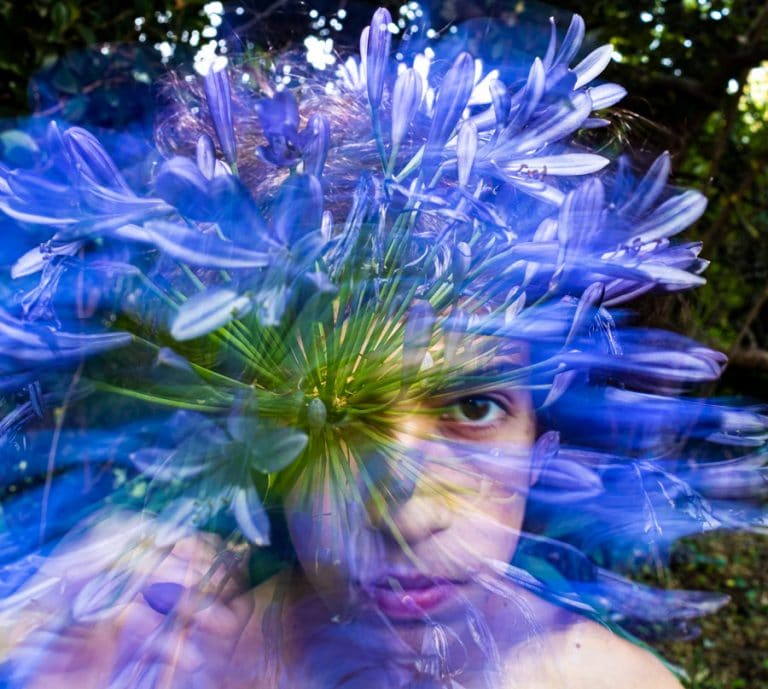Why is 420 weed day?
Why is 420 known as weed day?
Tomorrow is not just any other Monday, it’s Monday 20 April. Whether you are a marijuana user or not, there are strong chances that you know what 4/20, also spelled 420 or 4 20, means: it’s the unofficial holiday celebrated by potheads who come together to, well, smoke pot. But even weed enthusiasts out there are not all aware of why they wait for 4:20 to light a blunt in the afternoon (or in the morning, I’m not judging). Why was this particular number chosen? Where did 420 come from and what does it stand for?
Police code
There are different theories about the origin of 420 but no one seems to be entirely sure of which one is true. Ever heard that 420 is police code for possession? Or maybe that it is the penal code for marijuana use? Well, both of these are false. The California Senate Bill 420 that refers to the use of medical marijuana was actually named specifically for the code, not the other way around, which means that even our governments are linking the number 420 to marijuana use.
Chemicals in marijuana
Another theory states that there are 420 active chemicals in marijuana, hence the connection between the drug and the number. But according to the Dutch Association for Legal Cannabis and Its Constituents as Medicine (NCSM), there are more than 500 active ingredients in marijuana, and only about 70 or so are cannabinoids unique to the plant. This rules this one out as well.
Earliest written link
A subreddit on ‘trees’ speculates that the earliest written link between marijuana and 420 comes from H.P. Lovecraft and Kenneth Sterling’s short story In the Walls of Eryx published in 1939: “Although everything was spinning perilously, I tried to start in the right direction and hack my way ahead. My route must have been far from straight, for it seemed hours before I was free of the mirage-plant’s pervasive influence. Gradually the dancing lights began to disappear, and the shimmering spectral scenery began to assume the aspect of solidity. When I did get wholly clear I looked at my watch and was astonished to find the time was only 4:20. Though eternities had seemed to pass, the whole experience could have consumed little more than a half-hour.”
San Rafael High School students
Many believe that the holiday came out of a ritual started by a group of high school students in California during the 1970s. According to Steven Hager, a former editor of the marijuana-focused news outlet High Times, a group of kids at San Rafael High School in San Rafael used to meet daily at 4:20 to smoke weed after school. When they’d see each other in the hallways during the day, they used to tell each other ‘420 Louie’, meaning, ‘Let’s meet at the Louis Pasteur statue at 4:20 to smoke’.
As many still stipulated on whether this story was true or not, the group of Californians mentioned before who call themselves the Waldos published documents in order to give this theory some legitimacy. Screen Shot spoke to one of the Waldos, Steve Capper, about why people seem to still doubt the origin of the term: “Many people have their own ideas and fantasies about friends and relatives who supposedly started ‘420’. The Waldos have created a whole culture of fake 420 claimers. The one thing that all these doubters have in common is not one shred of proof to their claims which might create doubt on their side.”
Capper certified that the Waldos are the only group of people with documented proof of their claims, which has been looked at by experts and international media and kept “in a vault in San Francisco at 420 Montgomery Street.”
Whatever its origins, 4/20 has become a very important holiday for weed smokers. As soon as the saying caught on and the Grateful Dead eventually picked it up, what was a simple code shared between a few stoners became the worldwide event for smokers that it is today. Originally a counterculture holiday to protest the social and legal stigmas against marijuana, 420 has also become the perfect opportunity for businesses and corporations to cash in on marijuana culture.
Solo sesh for this 420
This year, those of you who looked forward to celebrating 420 with other marijuana enthusiasts will have to settle for a solo sesh at home. So get your laptop out, log in on your Zoom account, close your door and get ready to smoke it up, self-isolation style.






